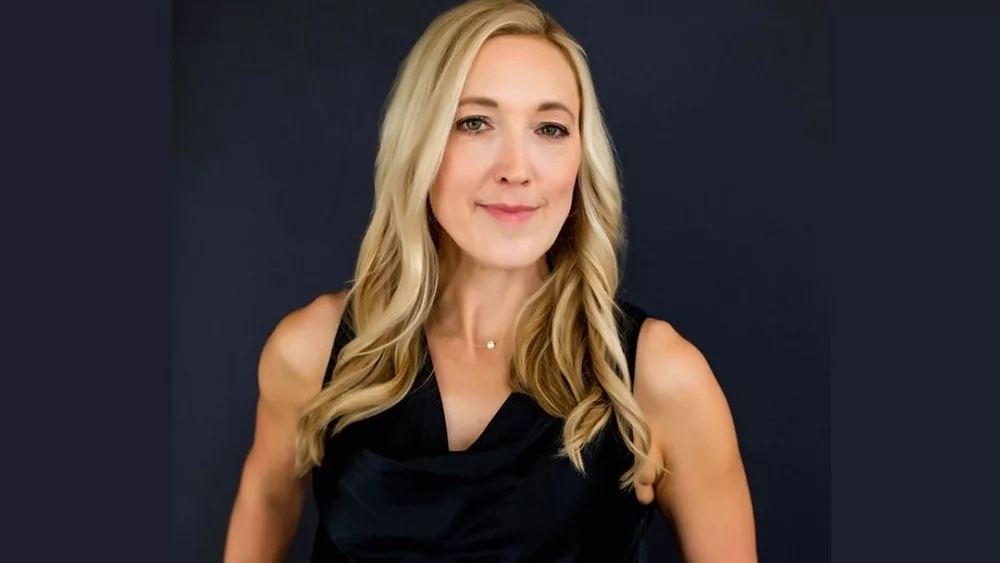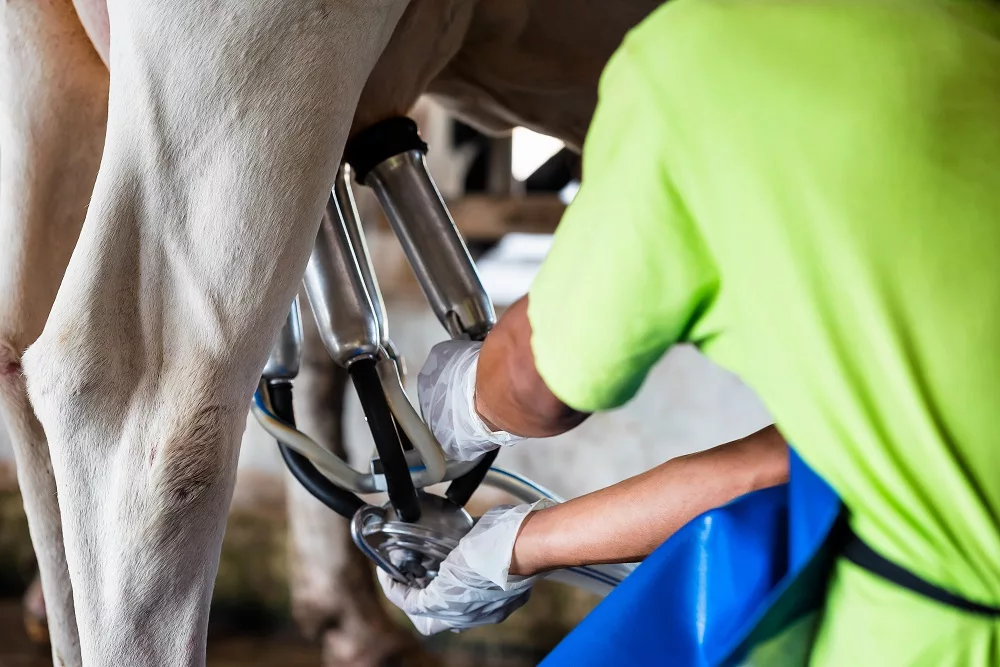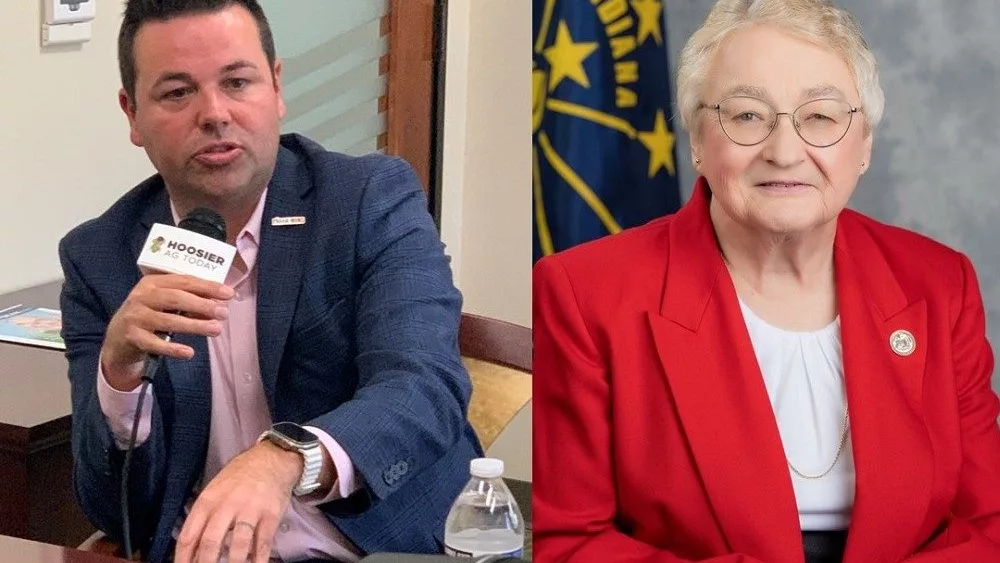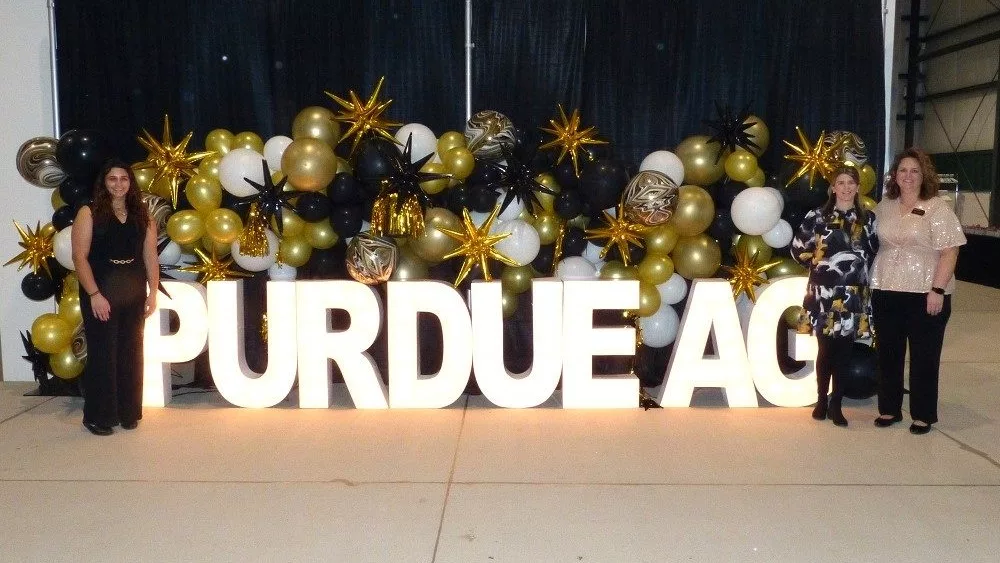
Last Friday, USDA announced new federal guidelines requiring nationwide testing of raw milk samples to monitor for potential health threats, including avian influenza (H5N1). This directive aims to protect public health and prevent further outbreaks following the detection of the virus in 720 dairy herds in 15 states across the U.S.
No dairy herds in Indiana have had a positive test for H5N1, according to the Indiana State Board of Animal Health.
Dr. Meg Schaeffer, an infectious disease epidemiologist and National Public Health Advisor for the SAS Institute, emphasized the significance of this measure.
“The outbreak is so widespread in our dairy cattle right now that we have got to be aggressive in trying to stop it,” she explained, noting the potential for serious consequences if the virus spreads unchecked.
The new guidelines mandate that raw milk be tested even before pasteurization and that results be shared with the USDA. This increased information-sharing also extends to data on domestic poultry flocks, helping to provide a more comprehensive picture of H5N1’s impact.
While pasteurization remains a safe way to neutralize harmful pathogens, Dr. Schaefer warned against consuming raw milk during this outbreak.
“The risk is far too high to expose your children or anyone, especially those who are immune-compromised or pregnant, to raw milk right now,” she advised.
For dairy farmers, the USDA’s directive serves as a call to action to collaborate in controlling the outbreak.
“All of our producers have the power and the ability to help work together with our government agencies and officials to stop this.” She said it’s important for producers to share information for contact tracing and epidemiologic analysis,” says Dr. Schaeffer.
“Those actions are really critical and they’re really critical to dampen this down, to stop livestock loss, to stop the spread of illness, to stop agricultural workers from getting sick,” she added. “And you know—at the end of the day—I would think, as a producer, you would not want to be the farm that starts or originates the virus that ends up becoming a pandemic. And that possibility is real.”






